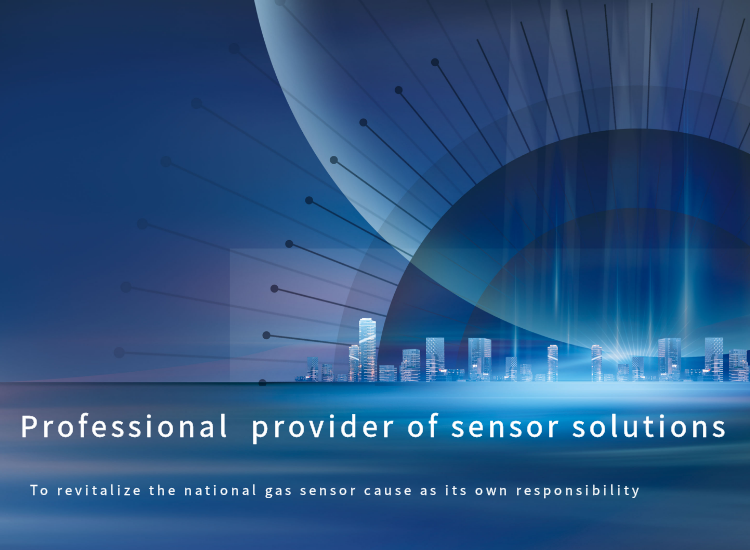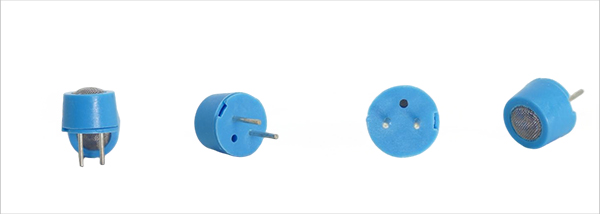

 Products
Products Catalytic Combustion Gas Sensor
Catalytic Combustion Gas Sensor
Application:
Can be used to detect the concentration of combustible gases such as natural gas, liquefied gas, coal gas, and alkanes at industrial sites. It can also be used in combustible gas leak alarms, etcProduct characteristics:
The bridge output voltage is linearDescription
The ZC25C-1 catalytic combustion gas sensor works according to the principle of catalytic combustion effect. It is composed of a detection element and a compensation element paired to form an arm of the bridge. When encountering combustible gas, the resistance of the detection element increases, and the output voltage of the bridge changes. The voltage variable increases in direct proportion to the increase of gas concentration. The compensation element plays a reference and temperature and humidity compensation role.
Product images

Technical specifications
| Product model | ZC25C-1 |
| Product type | Catalytic Combustion Gas Sensor |
| Standard package | Plastic packaging |
| Working voltage(V) | 2.5±0.1 |
| Working current(mA) | 150±10 |
| Sensitivity(mV) | 1% Methane: 20-50 1% Propane: 30-70 |
| Linearity | ≤5% |
| Measuring range(%LEL) | 0-100 |
| Response time(90%) | ≤10S |
| Recovery time(90%) | ≤30S |
| Usage environment | -40℃~+70℃, Lower than 95%RH |
| Storage environment | -20℃~+70℃ ,Lower than 95%RH |
| Life | 5 years |
Basic test circuit
Application

TenSensor, China's first listed gas sensor company,Tensensor can provide more than 100 varieties of six series including:
semiconductor gas sensor
electrochemical gas sensor
infrared gas sensor
dust sensor
pyroelectric sensor
thermopile sensor, etc.
which can be used for more than 200 kinds of gas and infrared, dust and other indicators detection, widely used in the field of security for detecting gas leakage, noxious gas leakage, smog and fire, the field of family, office and factory for detecting HCHO, VOC, CO2, PM2.5 and so on.
Moreover, the solutions for security, household electrical appliances, consumer electronics, smart home, instruments and meters are available.
For more information about ZC25C-1sensor, please contact account manager.
TEL:0086-0351-5249552
Whatsapp:+86 18335818384
Email:[email protected]
Request Consultation